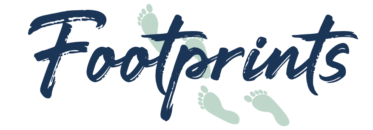The Great Trek was the migration of about 12 000 white pioneers into the interior of South Africa from 1835 onwards.
Use this printable file folder project to learn all about the Voortrekkers and their Trek.
Reasons for the Trek
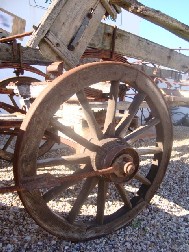
Part 1: The Voortrekker Lifestyle
- The wagon – a mobile home
- Weapons and hunting
- Women and children
- Biltong and ‘beskuit’
Part 2: The Events of the Great Trek
- The Trichardt and Van Rensburg treks
- Potigieter’s trek
- The arrival of the Maritz party
- The arrival of Piet Retief
- The arrival of Piet Uys
- Map of the Great Trek
- Disputes
- The Voortrekkers in Natal
- The Battle of Blood River
- The Day of Reconciliation
- The Republic of Natal
- The Voortrekkers in the Transvaal
- Voortrekkers in the Free State
- The Voortrekker monument
- Date Summary of the Great Trek
-
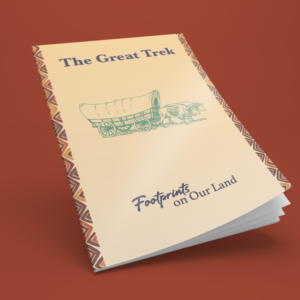 The Great Trek (Download)R100.00
The Great Trek (Download)R100.00
-
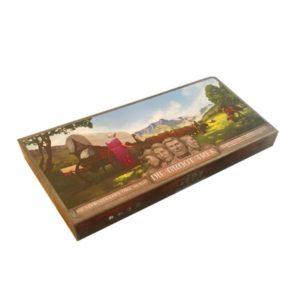 Die Groot Trek BordspelR400.00
Die Groot Trek BordspelR400.00
It is aimed at children between the ages of 7-11 but can easily be adapted to include both older and younger children.
In this convenient printable ebook, you will find all of the above-listed reference information about The Great Trek as well as the mini-book templates to make the file folder project.
Working with mini-books enables you to break the subject matter into manageable topics, which can easily be completed and not overwhelm young children.
It is ideal for the homeschool situation or for classrooom use.
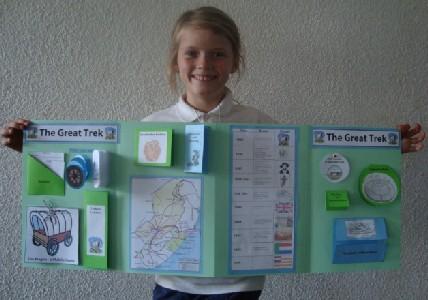
Ten Benefits of Using a File Folder
1. A file folder project will enable your children to work on and review key information about the topic being studied.
2. It will develop auditory and comprehension skills as well as the ability to search, sift and find answers in a written text.
3. The hands-on activities are fun and develop fine motor skills.
4. Children love to learn by doing!
5. The creative possibilities are endless. Children can be creative and add their unique touch to their projects.
6. File folder projects are ideal for multi-level learning.
7. Project packs can be incorporated into unit studies, supplement topics of study or stand alone.
8. A project gives the children a reason for writing and drawing.
9. File folder projects are compact and easy to store.
10. A file folder project can become part of a child’s portfolio of work and are a great tool for reviewing completed work.
BUY NOW
Sample Snippet from the EBook
The Voortrekkers prepared carefully for their journeys, loading their wagons carefully with the most essential items:
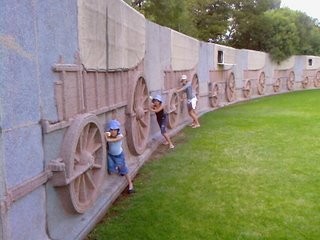
- rusks
- biltong
- clothing
- small wooden chests
- medicine chests
- beds
- stools
- ammunition and guns for hunting and protection
- pots, pans and chicken pens hung under the wagons.
A wagon was drawn by about 8-16 oxen, usually led by a young servant boy called a voorloper, who carried a whip or sjambok. The driver sat on a chest or wakis.
When on the move, two or three wagons would travel abreast along with large herds of sheep, goats and cattle belonging to the trekkers. Thus progress was slow and only about 10km were covered in a day.
When rivers or mountain ranges had to be crossed or there was thick bush to be hacked through, then the pace would be even slower. At times, wagons even tumbled down steep cliffs!
The trekker wagon was known as a kakebeenwa (jawbone wagon) because it was shaped like an ox’s jawbone.
It consisted of three parts: the chassis (onderstel), the bottom boards and the body (buikplanke) and the hooped canvas canopy.
A wooden yoke (juk), linked by a pin (jukskei) was attached to the necks of each pair of oxen.
When the oxen were outspanned the jukskei was used for the game that is now a traditional sport – jukskei.
After a day’s trek, the animals would be outspanned and kept in a kraal ringed by thorn tree branches to protect the animals from predators. The wagons would be arranged in a laager for protection.
Purchase The Great Trek
-
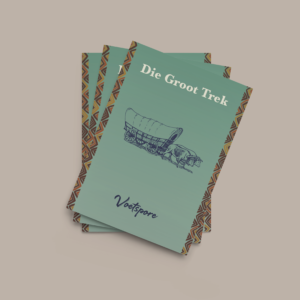 Die Groot Trek (Afdrukbare vouboek)R100.00
Die Groot Trek (Afdrukbare vouboek)R100.00 -
 Die Groot Trek BordspelR400.00
Die Groot Trek BordspelR400.00 -
 The Great Trek (Download)R100.00
The Great Trek (Download)R100.00
More SA History Lapbooks
Buy more printable lapbook projects to enjoy as you learn about South Africa and the people and events that have played a significant role in the development of our country.
-
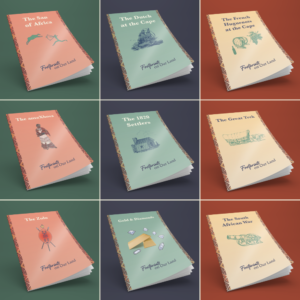 SA History Lapbook Bundle of 9 (Digital)R800.00
SA History Lapbook Bundle of 9 (Digital)R800.00 -
 The 1820 Settlers (Download)R100.00
The 1820 Settlers (Download)R100.00 -
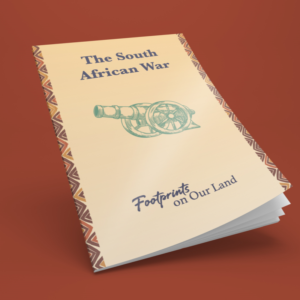 The South African War (Anglo Boer War)R100.00
The South African War (Anglo Boer War)R100.00 -
 The Great Trek (Download)R100.00
The Great Trek (Download)R100.00 -
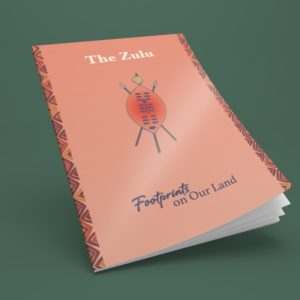 The Zulu (Download)R100.00
The Zulu (Download)R100.00 -
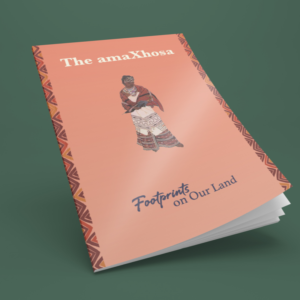 The Xhosa (Download)R100.00
The Xhosa (Download)R100.00 -
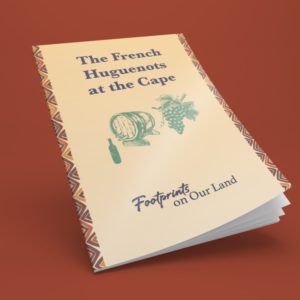 The French Huguenots at the Cape (Download)R100.00
The French Huguenots at the Cape (Download)R100.00 -
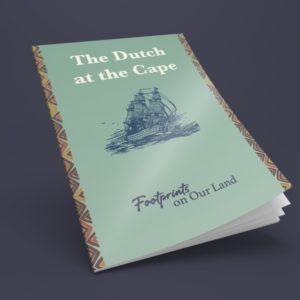 The Dutch at the Cape Lapbook (Download)R100.00
The Dutch at the Cape Lapbook (Download)R100.00 -
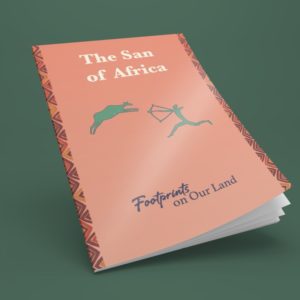 The San of Africa Lapbook (Download)R100.00
The San of Africa Lapbook (Download)R100.00 -
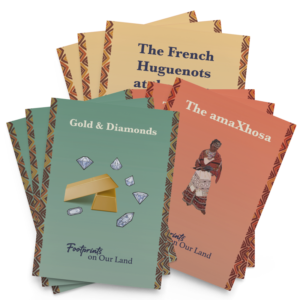 SA History Lapbooks Bundle of 9 on CDR800.00
SA History Lapbooks Bundle of 9 on CDR800.00
